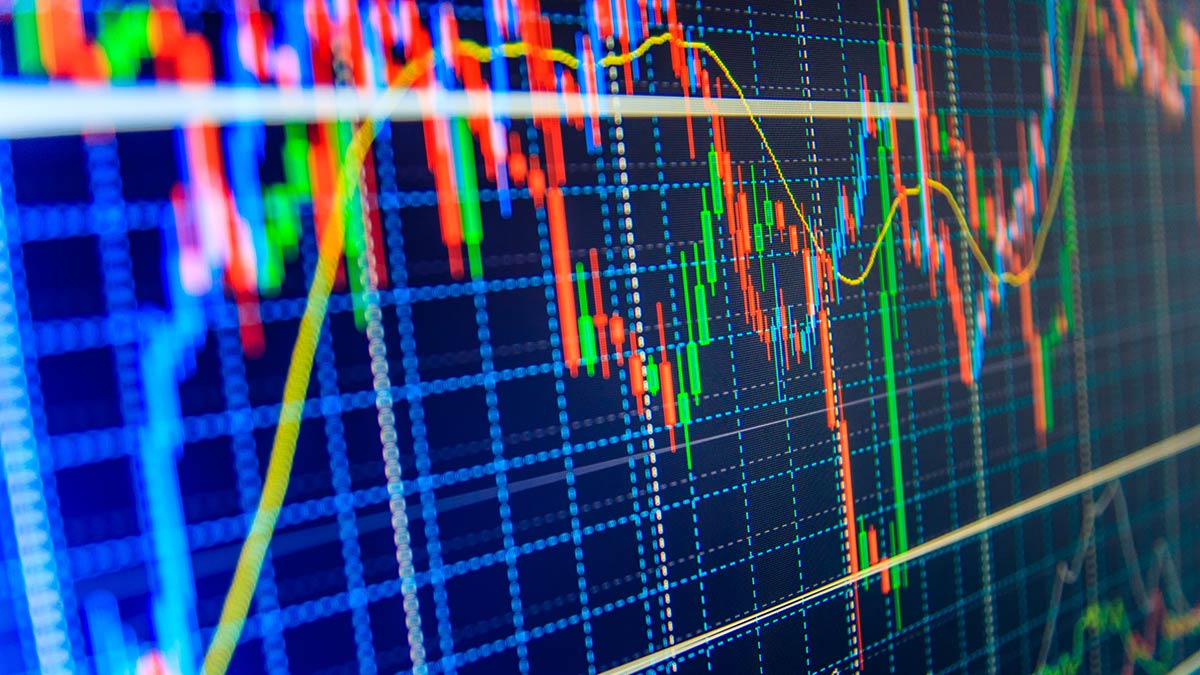Many people find the financial world confusing, full of terms and concepts. The primary and second markets are vital, since they play distinct but interconnected functions in the process (of a stock, bond, or other security). This article aims to clarify these phases, and provide an understanding of how businesses raise money and how traders can navigate the world of trading.
The place of birth: The primary market
Imagine an expanding company that is constrained by its own cash flow. This is when the main market steps in, acting as a platform for businesses to raise capital by releasing new securities to the general public. This is a process that’s often linked to the Initial Public Offerings, or IPOs. In an IPO the company is able to be able to go public for the first time. Investors have the chance to be a part of the future of a company by investing in an IPO.

However, the primary market isn’t just for IPOs. The primary market isn’t just for IPOs. Businesses may raise capital in different ways, like by selling shares or bonds to institutional investors directly, or via seasoned offerings (selling more shares after the IPO). The primary market, regardless of the specifics, is critical for businesses who wish to achieve their goals. For more information, click primary market and secondary market
The secondary market The trading floor
Companies seek capital on the primary market But what happens after? This is where secondary markets come alive. It’s similar to a stock market, where investors are able to trade their securities. The secondary market permits the purchase and sale of securities that have already been issued.
Investors can benefit by the secondary market in one major way – through liquidity. The ease in which an investment may be purchased or sold is called liquidity. When the securities of a company are listed on secondary market (like NYSE or NASDAQ) it lets investors take their positions and then exit them easily, providing flexibility as well as potential higher returns.
The Circle of Securities: From IPO to Everyday Trade
It is simpler to comprehend the relationship between the two markets when we examine the time-frames for securities. When a company offers its shares for the first time via an IPO (primary market) this sets the stage for them to be traded on the secondary market. Investors are able to buy and sell these shares after they have been listed. This can cause price changes, based on demand and supply. This dance of continuous buying and selling on the secondary market is crucial to the process of price discovery and reflects the perceived value of an company over time.
Why should investors care about the markets? Understanding Both Markets
Investors need to understand the differences between the primary market and secondary. Primary markets give investors the chance to make investments early in the life of promising companies, with the possibility of generating high returns. IPOs may be volatile, and therefore have a greater risk for investors.
Investors in secondary markets can select from a wide range of choices. This lets them make informed choices that are based on research and market analysis. Secondary market securities may offer more liquidity than primary market securities but they might not present the same growth potential.
Investment: Selecting your entry point into the market
It all comes down to your individual investment goals, and the amount of risk you’re willing to take. Investors who are looking for high growth potential should look at carefully reviewed IPOs and those who prefer stability and liquidity might find established companies that are traded in the secondary market to be more attractive.
The Continuous Cycle The Continuous Cycle: Market Dynamics and Financing Growth
The secondary and primary stock markets work in tandem to create the market for stocks. Companies raise funds to pursue growth via the primary market while investors trade existing stocks through the secondary market. This creates an environment that is where individual companies’ fortunes influence the overall health and performance of the economy as well as the stock market.
In the End: Decoding Two Stages
By understanding the ways in which the primary market and the secondary market are different, investors can better navigate the maze of finance. This knowledge will help you make better investment decisions and may help you achieve your financial goals.